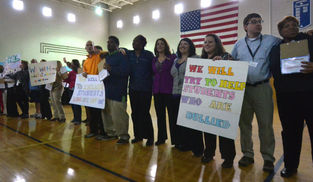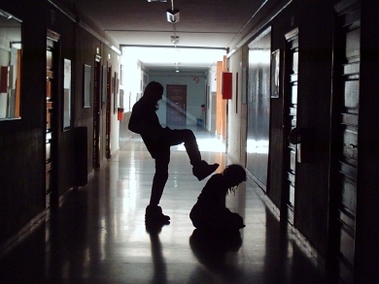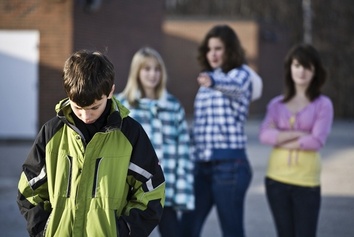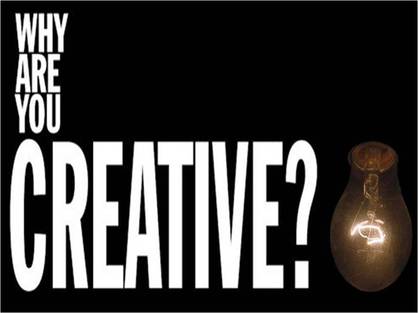
Violence, including bullying and other types of behaviors, has seen increased political and scientific attention over the past years. However, this behavior among younglings and schools has declined over the past decade; the abuse of children by other children in school settings remains as one of the major issues of concern among adults and communities. In response, a number of intervention programs have been developed to help reduce the amount of bullying and violence in schools. Results suggested a significant effect for anti-bullying programs. However, as expected, some of the results seemed to fall under some sort of publication bias and did not meet the necessary objectives for practical significance. Publication bias (or the “file drawer effect”) occurs when articles with statistical significance are selected for publication more often than are articles that do not obtain significance (Rosenthal & Rosnow, 1991).





 RSS Feed
RSS Feed

